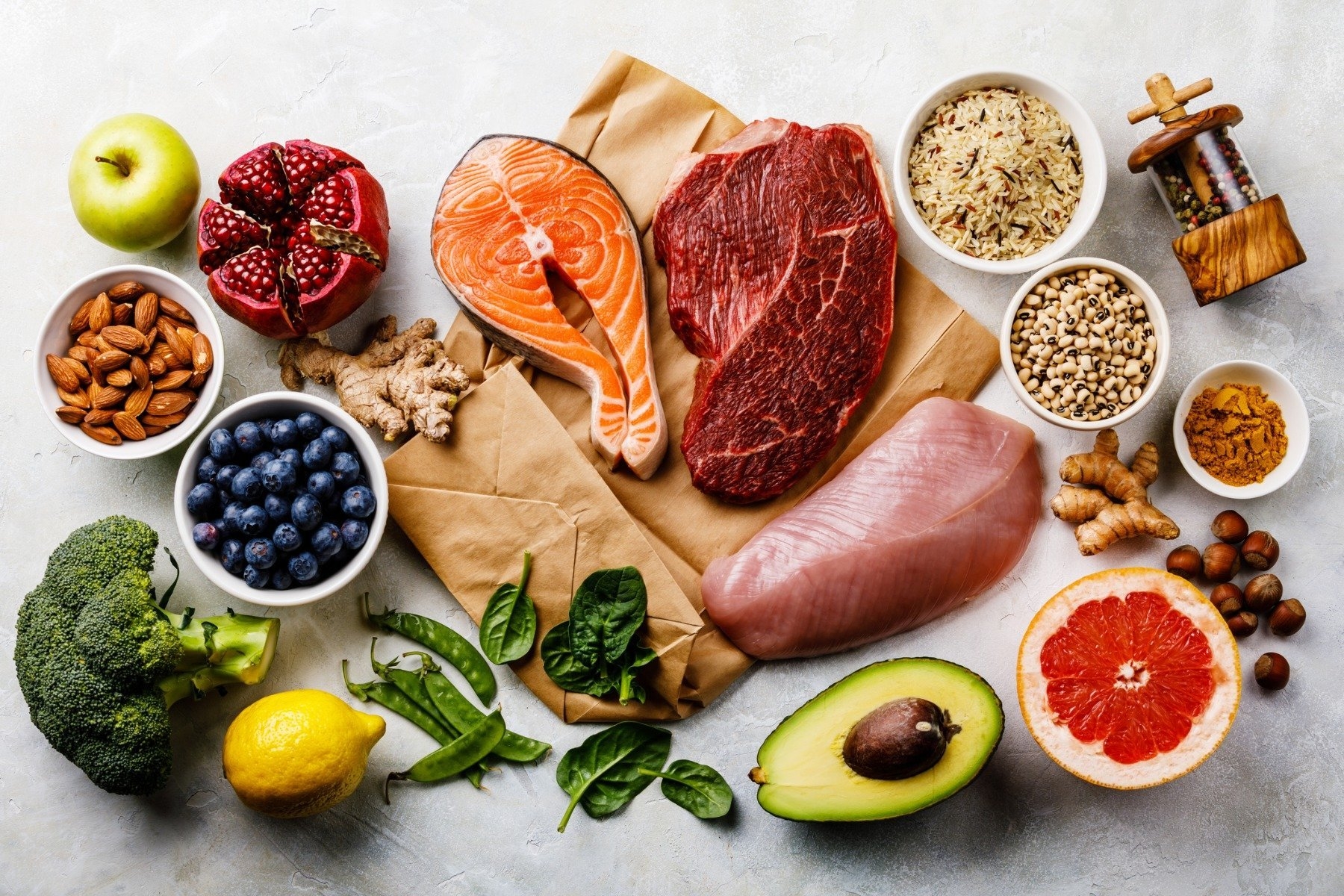What are Proteins?
Proteins are large biomolecules that are essential for the structure, function, and regulation of the body’s cells, tissues, and organs. They are one of the three main macronutrients, along with carbohydrates and fats. Proteins perform a vast array of functions within organisms including structural roles such as in hair and nails, regulatory roles such as hormones, and catalytic roles such as enzymes. The building blocks of proteins are amino acids which link together in chains. There are 20 different types of amino acids that can be combined to make thousands of distinct protein types.
Functional Protein and Structure
The unique sequence of amino acids dictates the structure and function of each protein. Four levels of Functional Protein structure exist starting from the primary structure of the amino acid sequence all the way to the intricate tertiary and quaternary protein structure. The specific three-dimensional folding allows different proteins to have different catalytic, structural, transporting, or regulatory functions. Structural proteins such as keratin provide structure and protection to skin, hair, and nails. Regulatory proteins like hormones regulate various bodily processes. Catalytic proteins called enzymes act as catalysts for biochemical reactions in metabolism. Transport proteins ferry molecules like oxygen, carbon dioxide, and neurotransmitters throughout the body. Antibodies are immune proteins that identify and help destroy foreign pathogens.
Examples of Important Functional Proteins
Hemoglobin - This oxygen-transport protein in red blood cells contains the pigment heme which binds to oxygen in the lungs and releases it into tissues throughout the body. It allows for the efficient delivery of oxygen to power cellular metabolism.
Collagen - As the main component of connective tissues, collagen gives structural integrity and tensile strength to skin, bones, ligaments, and cartilage. There are over 16 types of collagen with varying structures and functions.
Insulin - Produced by the pancreas, insulin is a hormone that regulates blood sugar levels by signaling cells to take up glucose from the bloodstream. It plays an essential role in carbohydrate and fat metabolism as well as protein synthesis.
Enzymes - Thousands of specific enzymes act as catalysts for the thousands of biochemical reactions in the body without being consumed in the process. Examples include proteases that break down proteins, lipases that digest fats, and DNA polymerase that copies DNA during cell division.
Antibodies - Immune IgG, IgM, IgA, IgE, and IgD proteins identify and help destroy bacteria, viruses, and toxins to protect the host. They also activate the immune response by marking pathogens for destruction by white blood cells.
Neurotransmitters - Chemical messengers like serotonin, dopamine, GABA, norepinephrine, acetylcholine, and others facilitate communication between nerve cells in the central and peripheral nervous systems. They are involved in processes like learning, memory, sensation, and movement.
Milk Proteins - Caseins and whey proteins in milk provide amino acids needed for growth and development of infants. They also improve digestion and absorption of calcium. Alpha-lactalbumin regulates lactose synthesis while lactoferrin acts as an antimicrobial agent.
Keratin - Abundant in hair, nails, and outer epidermis layers of skin, this structural protein formed through crosslinking provides protection, insulation, and mechanical strength. Variations give unique textures and properties to wool, hair, fur, feathers, hooves, horns, and claws.
Myosin and Actin - These muscle proteins power skeletal, smooth, and cardiac muscle contractions through their sliding filament motion and ATP hydrolysis. Together they enable body movement, breathing, digestion, circulation, and other involuntary functions.
Essential Roles in Human Health
With such diverse and critical roles throughout the body, maintaining optimal protein status is essential for human health. Protein deficiency can impair growth, wound healing, immune function, and other physiological processes. Severe cases cause kwashiorkor or marasmus if not addressed. On the other hand, excess consumption provides no benefit and extra amino acids are metabolized as fuel. Balanced intake through quality sources like meat, eggs, dairy, legumes, nuts, and seeds paired with regular exercise promotes optimal muscle, organ, system and cognitive function throughout life. Understanding proteins’ structure-function relationships gives invaluable insight into human biology, disease, and therapeutic strategies.
For More Insights Discover the Report In language that Resonates with you
Get more insights: Functional Protein
About Author:
Priya Pandey is a dynamic and passionate editor with over three years of expertise in content editing and proofreading. Holding a bachelor's degree in biotechnology, Priya has a knack for making the content engaging. Her diverse portfolio includes editing documents across different industries, including food and beverages, information and technology, healthcare, chemical and materials, etc. Priya's meticulous attention to detail and commitment to excellence make her an invaluable asset in the world of content creation and refinement.
(LinkedIn- https://www.linkedin.com/in/priya-pandey-8417a8173/)



